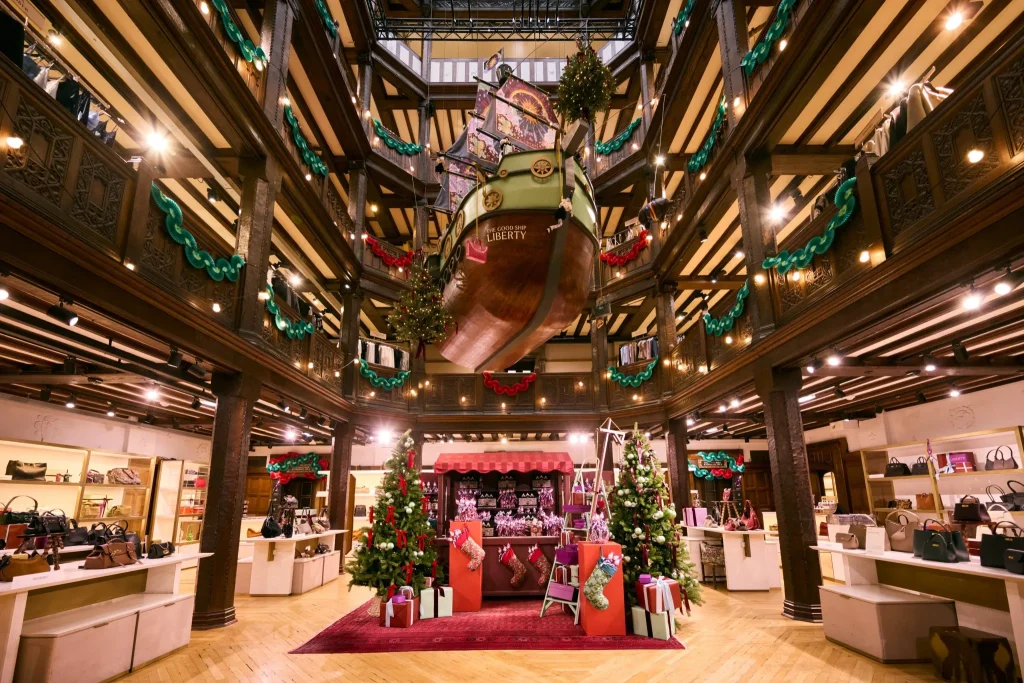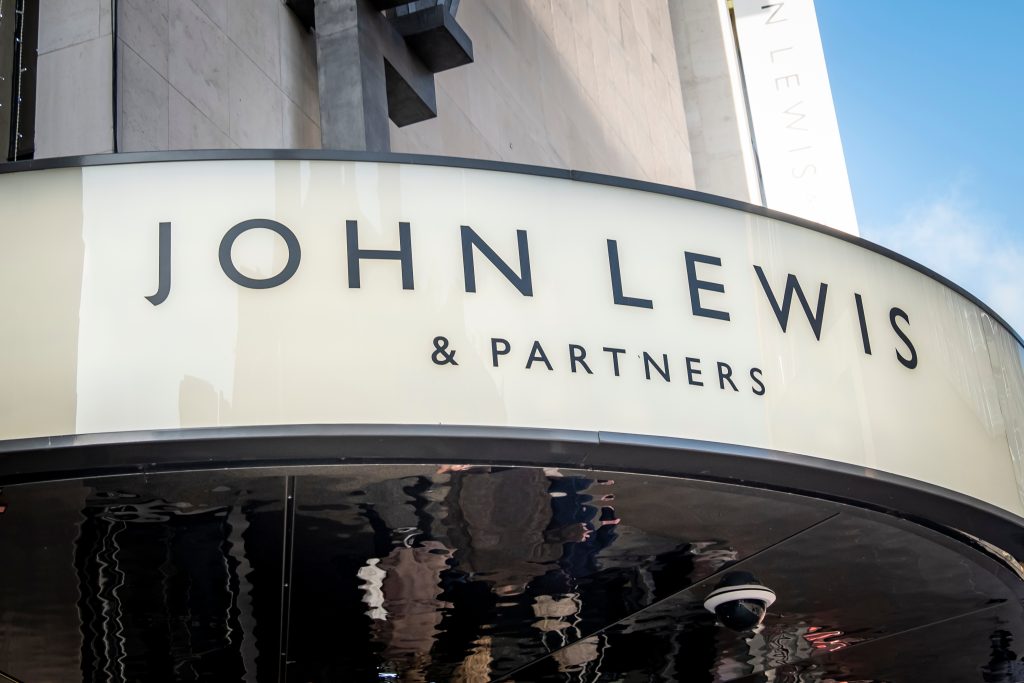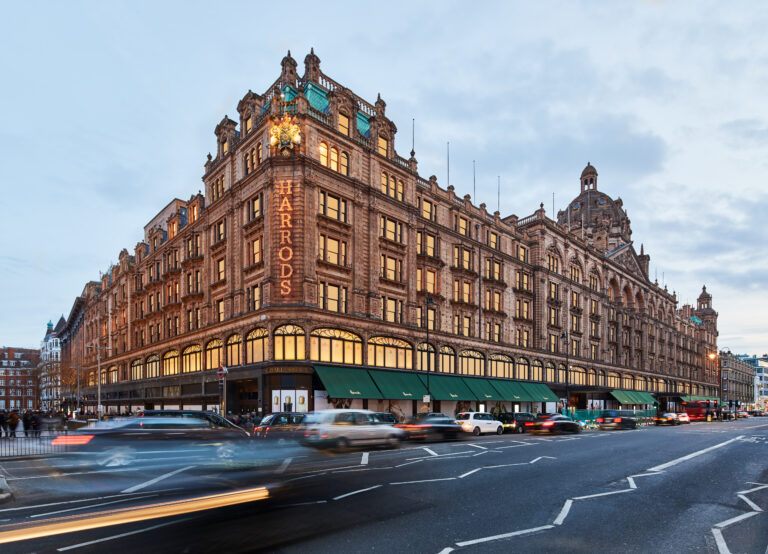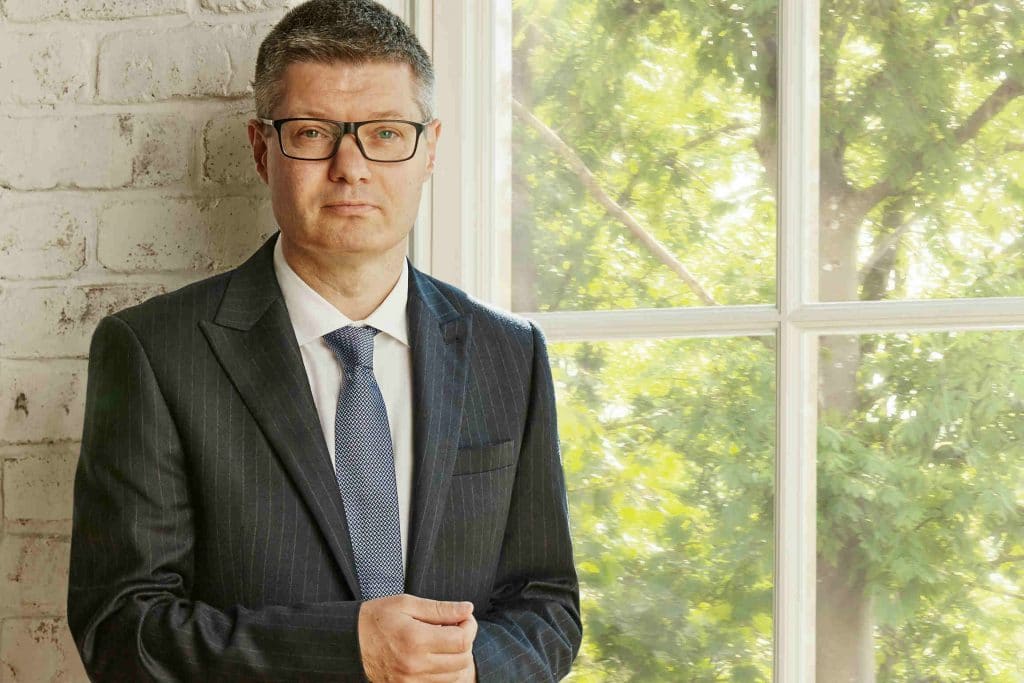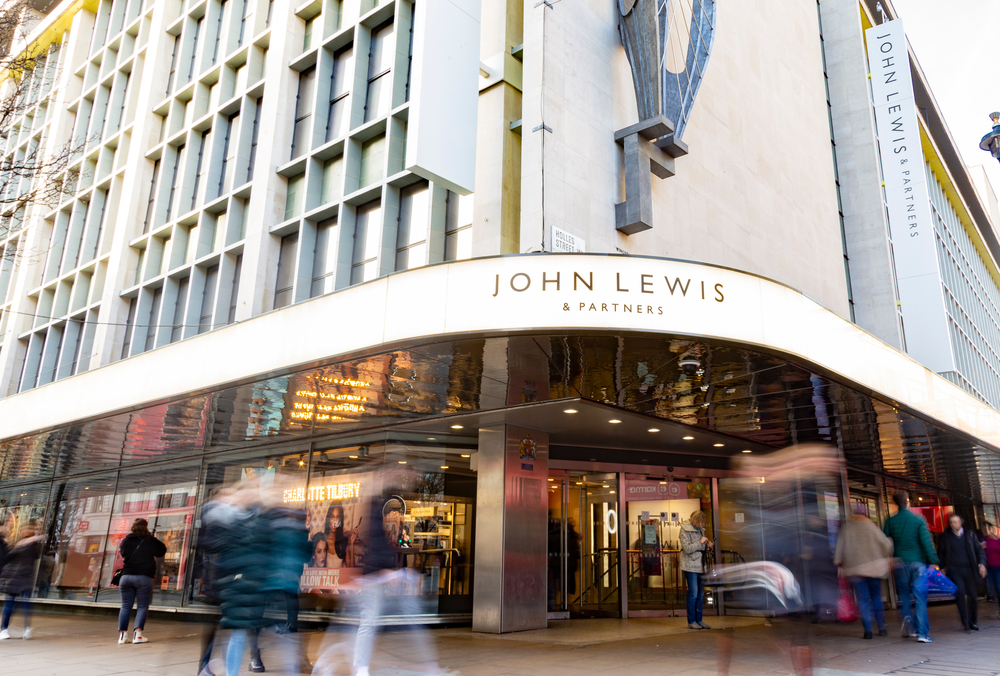Bearing in mind this week‘s LDC figures on shop vacancy rates and the North/South divide, why were Exeter, York and Chelmsford chosen for this initial phase of growth?
We don‘t have that many shops so it is a case of considering what our current coverage in the UK looks like and what the gaps in that coverage are. When looking to the future, we are thinking about the macroeconomic situation,for those regions. As a result of my remit it is much easier for me to look at target locations. Having said that, there are certain centres that I look at and think have either been underinvested in or are being underinvested in over time.
Exeter is a really great example of a town which has been completely committed to focusing on its city centre and the amount of investment going on now is huge. Right now, there is work going on in that town to ensure that as a retail centre, it has got something for consumers. That has been thought about and retailers have been asked what needs to be done ahead of work starting. In line with that, the Council makes sure that the retailer mix is one which is very credible and which will bring customers to it.
York is slightly different; unlocking York has been incredibly different as there is a strong heritage in the city centre, a lot of history to it and to get into that city centre was extremely hard. Though this is often the way with growth strategy and shows how opportunity aligns with that as well. We know we want to be in that part of Yorkshire but we must look at how opportunities unlock themselves and how quickly we can do that. We have been working with York for a number of years with our old formats and with our new formats it meant that opportunities were available more easily.
Chelmsford is a great example of somewhere that is making a big step forward in terms of investment in the city as well and we accept that it is like good retailing; if we have good products and present these to our customers they will buy them and exactly the same is true of retail shops. If you put a good collection of shops in a really nice retail environment and it beats off the competition then you are going to attract more customers; it‘s relatively straightforward stuff. Those have been three great examples of places that we have worked closely with but also taken the bull by the horns and got a good strategy to make sure that we have a good retail future. That is the real challenge as it‘s not just about the here and now and making sure that you‘re taking cash but actually being certain that customers are going to want to come in the long-term to your centre and we need to make sure it is sustainable, which is a real challenge.
What factors are taken into consideration when making expansion plans?
The first thing has got to be the gap in the market; what does our offering currently look like and how many shops do we need going forward in a very challenging and dynamic retail environment? All retailers are looking at that and asking themselves that question but we know that we don‘t cover all our customers by any stretch of the imagination so for us there is a real opportunity. We look to find the market opportunity first and then within that, what are the best centres and which best suit you.
There are a number of centres where we have not necessarily gone with the prime location in terms of current trading but actually we have a great trading operation. Swindon and Poole are great examples of where we have taken in one case a brand new retail centre and made it very successful. So it is about making a sustainable centre through working with landlords and the Council.
Why was Exeter chosen as the location for your first pop-up and what feedback has there been from locals on the store as well as the upcoming flexible format unit?
It has


